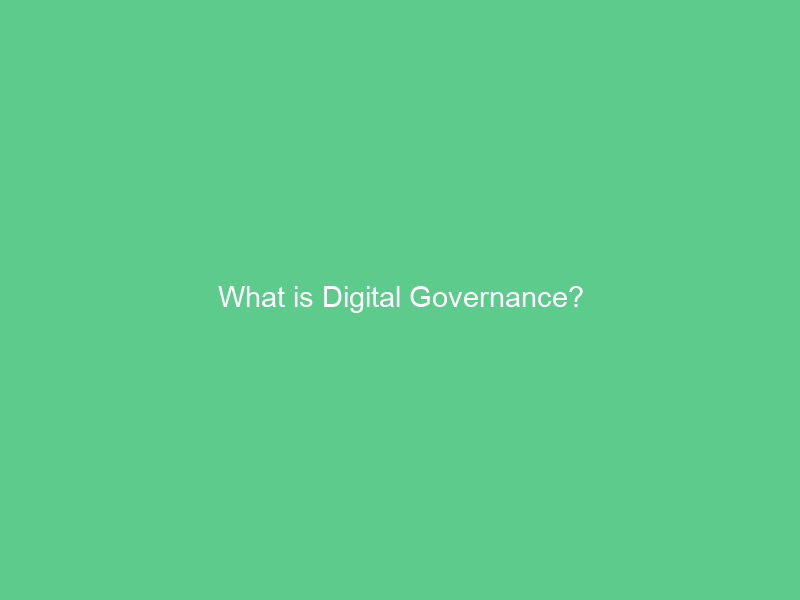Digital governance is a framework for defining accountability, roles, and decision-making authority of an organization’s digital products – such as websites, mobile apps, social media channels, and any other Internet or web-enabled services – to keep them free from legal issues or cyber attacks, enhance marketing performance and remain competitive within their marketplace. Effective digital governance helps organizations avoid legal disputes or cyber attacks while remaining relevant and competitive.
Strategic Planning
Strategic planning gives your agency a clear vision of its future by outlining goals and priorities to guide day-to-day operations, while simultaneously assigning tasks via your government management platform so everyone understands who’s accountable for key projects.
This strategy allows for faster responses to change and ensures your team is aligned with the overall business strategy. Furthermore, this method fosters innovation while encouraging employees to think creatively – improving morale along the way!
Strategic planning must be an ongoing process in order to maintain effective digital governance, in order to remain ahead of competitors and remain ahead of change. Furthermore, as digital transformation is an emerging area of enterprise governance boards should regularly assess their readiness for oversight of this area – including education sessions for boards and advisors as well as engagement from advisors as needed – determining if additional expertise might be required in order to reduce strategy or digital strategy gaps.
Policy Development
Implementation of digital governance practices can make or break a content marketing strategy. As such, many marketers focus on creating clear policies and practices around digital governance such as WebOps, DevOps, DesignOps or any other operational framework.
Also, agencies should develop and foster governance models for overseeing internal content-related processes, including Bring Your Own Device (BYOD) initiatives and other intraagency collaborations. Top performing organizations have structures in place that enable them to efficiently oversee these content-related activities without resorting to last minute decisions or making hasty judgment calls.
At an international level, the United States should work with global democracies to develop consensus around a set of digital governance principles that safeguard a free and interoperable internet. To accomplish this task, deft navigation of domestic political faultlines as well as careful positioning on various multilateral platforms will be required as well as developing and promoting governance standards through private sector partnerships, supported by bilateral trade agreements with emerging economies should occur concurrently.
Implementation
Digital tools and platforms we utilize are increasingly empowering individuals around the world, enabling them to hold governments accountable, increase fiscal transparency, combat fraud and abuse and develop innovative and connective practices that may bring enormous social gains.
Effective board governance spends time exploring how digital strategy aligns with organisational aims, objectives, and goals – translating into clear transformation policies and practices which enable digital governance rather than leaving it solely up to technical experts.
Lisa notes that governance may not be necessary for every content effort, but after launch it’s an absolute must. To achieve consistency and compliance within your team’s efforts and to give content teams an operating framework to work within, she suggests viewing small digital teams like jazz ensembles versus large orchestras; jazz groups can improvise while orchestras must follow sheet music as this provides greater consistency and compliance as well as structure for operating.
Monitoring
Digital governance involves developing frameworks for the effective administration of web-enabled products and services such as websites, mobile sites, social media channels, data ownership issues and IT. This gives organizations confidence that they are operating digital businesses ethically while fulfilling legal requirements while safeguarding sensitive information.
Digital governance ensures that digital practices align with organizational goals and strategies, including creating robust cybersecurity protocols to safeguard against cybercrimes and provide clear processes for handling any incidents that arise.
As part of your organization’s digital governance practices, it’s crucial that their impact be measured. You can do this through process auditing or risk assessments aimed at identifying any vulnerabilities. Metrics from these measurements can inform decision-making about new or evolving tools and services.

